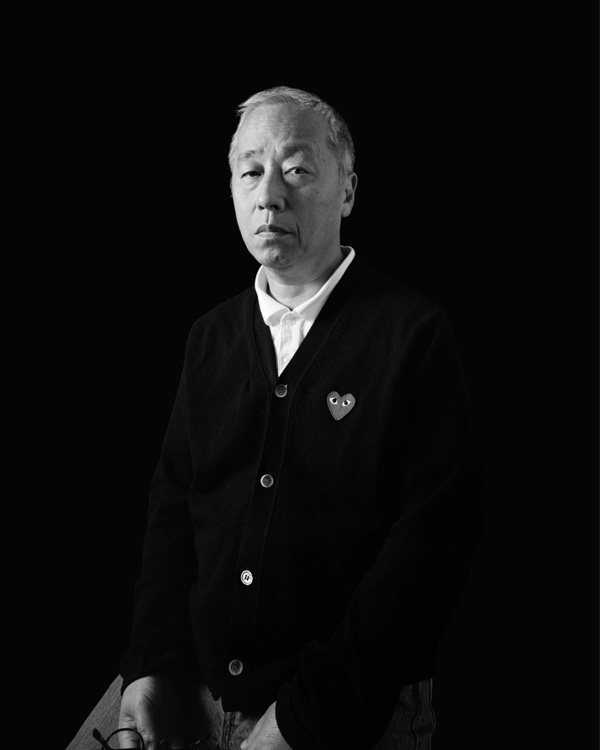
Man Ray, Shakespearean Equation, Twelfth Night, 1948. Oil on canvas, 34 1/8 x 30 1/8 in. Hirshhorn Museum and Sculpture Garden, Smithsonian Institution. Gift of Joseph H. Hirshhorn, 1972. © Man Ray Trust / Artists Rights Society (ARS), NY / ADAGP, Paris 2015. Photography by Lee Stalsworth
In contrast to other Shakespearean Equation paintings, which feature a single or a pair of mathematical models, Twelfth Night unites eight forms. Two additional “foreign” items—an ostrich egg and a phallic object—reference other Man Ray works. Like the love triangle and complex plot of the Shakespearean play evoked by the work’s title, this intricate gathering of many improbable objects suggests similarly complicated and overlapping relationships.

